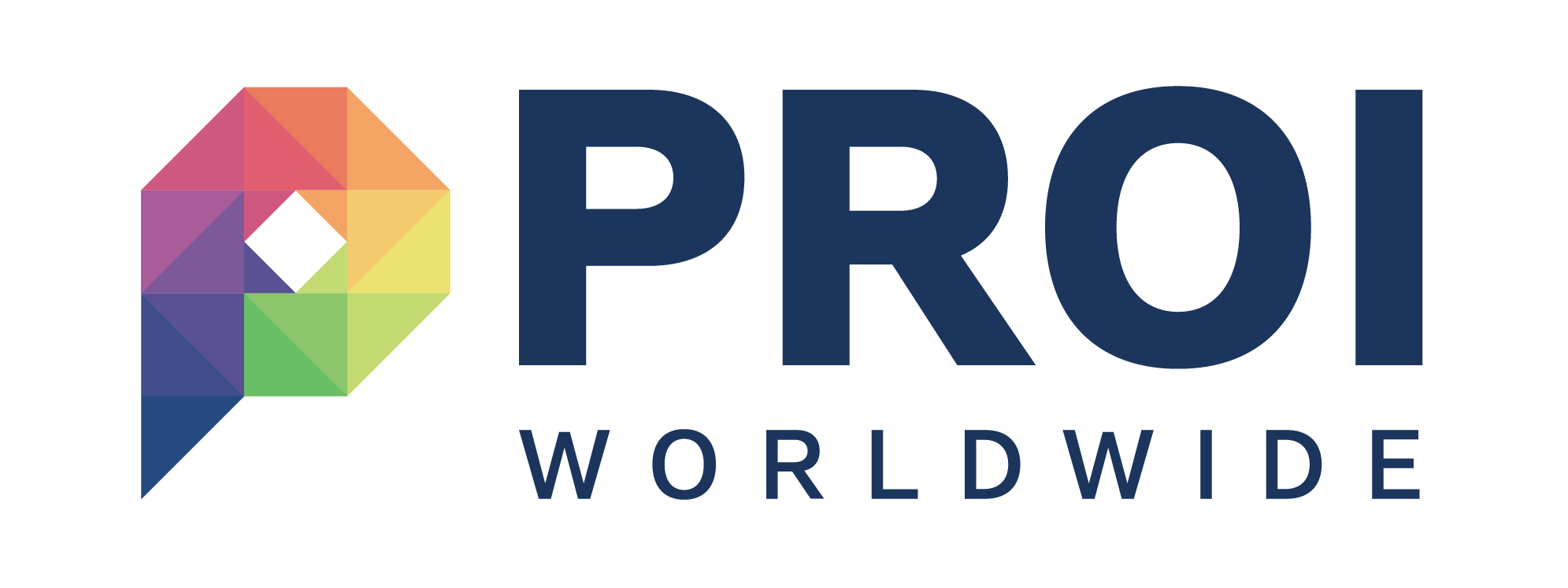Article: Digitals power of understanding
Author: KISS CommunicationsDate: KISS Communications
The benefits of maximising digital as a medium for comms and marketing are blindingly obvious with its creative opportunity, efficiency, reach and engagement - all empowered by evidence through real-time analysis and stats. Whether you look at it from either a consumer or business perspective we are all digital and anyone who goes out of their way to make that claim appears dated.
‘As an agency we consider mobile.’ Yeah? No sh*t Sherlock.
There is plenty of ‘old news, not really news’ circulating about the need to cater for mobile, with the media intermittently headlining some new statistic about its increasing dominance. The resulting assumption is that we must always prioritise for mobile, but whilst this is a valid default stance (not least because it’s often easier to design up, rather than down), the overall rise in its use does not tell the entire story.
Around 80% of social engagement currently occurs on mobile, with the lion’s share of e-commerce traffic also coming from smartphones and tablets. It’s clear that the consumer is reliant on handheld devices for instant sharing of information, or rapid purchases they can make on the move. But what happens when the small screen limits a desired experience? Or a user is in the office looking at a B2B website? People will rarely ignore the benefits of the large monitor in front of them - size counts when you’re trying to consume large amounts of information. It’s just easier.
For the majority of our B2B client websites, desktop use still leads overall traffic. Of course there’s the continuing and unrelenting upward trend in mobile use, and that it’s often the initial point of contact, but it would be naive to be governed solely by headlines in the press. It’s unlikely a user will want to read a 100-page research paper on their phone so it’s likely that the decision will be to only make it available for tablet users upwards. Or maybe give the option to bookmark it or share it for future reference on a different device. You have to know your audience, and you have to optimise accordingly.
The more engrained digital is in our lives, the more meaningful it has to be.
Once you’ve identified your engagement offering it’s critical not to lose sight of and understand how personalising content can further extend your reach.
A common misconception is that the success of a website should be judged by users’ ‘dwell time’ (how long they’re on it for). You could argue this is a valid benchmark on social channels or apps that offer up news and articles but the digital age is often driven by a desire to digest snippets of information (which is where mobile browsing becomes so powerful). The reality is that very few people will decide they have 30 minutes free in which they wish to immerse themselves in one particular website. They simply want to grab what they need as quickly as possible and leave.
Returning ‘regular visits’ best demonstrate loyalty and that you are offering something that users need when so many things are vying for our attention. To achieve this the content must be relevant and delivered in a way that’s appropriate to device, environment and expectation.
The level of insight to be gained through well-understood statistics (the detail of which is unique to Digital) means we can tailor content to the audiences providing a much more meaningful experience with the tools of technology becoming ever more advanced.
Sites with a high turnover of content like the BBC (and other major news channels) make it incredibly easy to customise ‘your’ content through the use of cookies, backed by various notification and personalisation options throughout its layers of categories. Content leads everything, no matter a user’s point of interaction with the BBC. From latest news offered up on mobile to a widening of articles and features that come to the fore as screen sizes increase.
All key areas are also available through apps and great emphasis is placed on user-generated content, whether it be integration of social media, encouragement of comments or calls to submit your own pictures as we take ownership of what we read. Recently they moved their TV channel BBC Three online as part of a cost-cutting exercise but also, and more importantly, that’s where its young audience is.
Digital gives us the ability to offer up content (and the right engagement) that’s informed by historic behaviour based on what users look for and how they access it. This personal targeting is more powerful than traditional marketing approaches and makes the interceptions we experience daily more meaningful.
Though we could choose to be cynical about it, we are all on the quest for more knowledge. The more intuitive, seamless and pertinent it is, the more powerful it becomes as our psyche moves on from surprise of digital to expectation.
Click here to view the online publication
